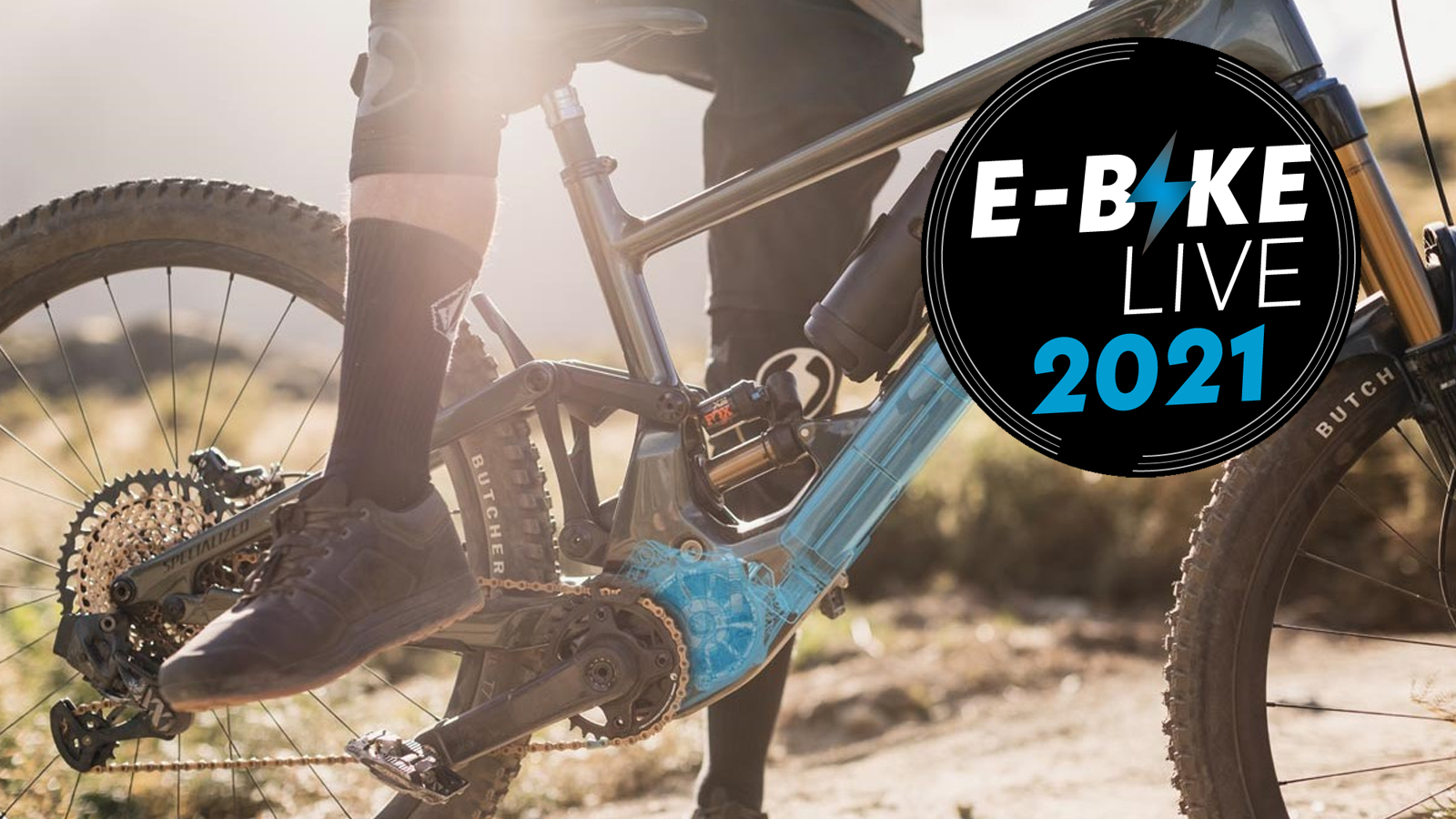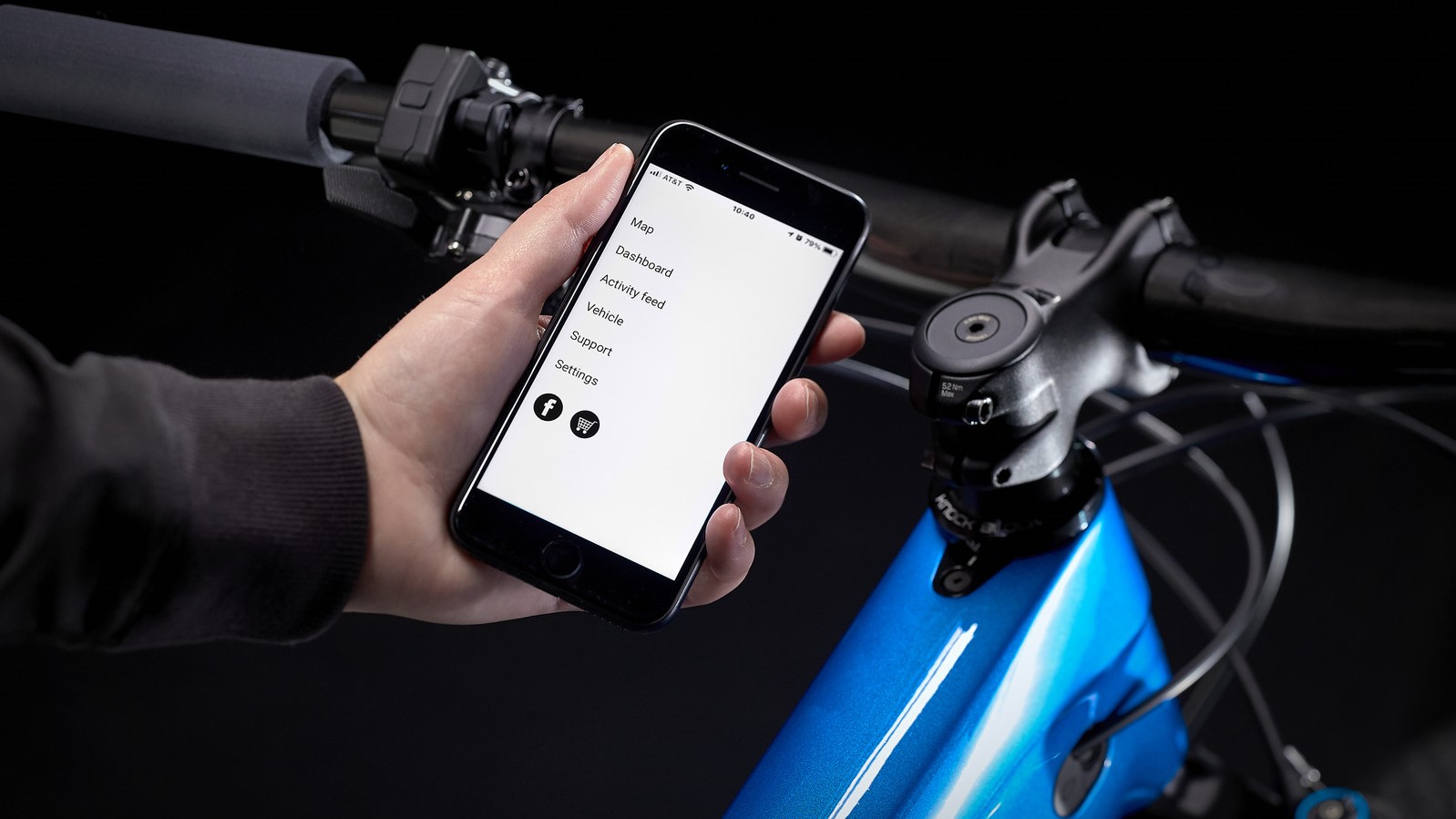How much does an e-bike cost to maintain longer-term?
E-bikes are much heavier than conventional mountain bikes. How does that influence the ownership cost?

Novice riders worry about the purchase price but experienced riders budget for maintenance costs.
The more you ride mountain bikes to their design intention, the more they will wear. Suspension servicing. Bearing replacements. Hub rebuilds. Shark teeth gear profiles. Brake pads skimmed to nothing. Hydraulic fluid lines that need a bleed.
That's an extensive list of fundamental wear items and it doesn't include everything, but with an e-bike, your budget needs to be even larger. Adding the complexity of a mid-drive motor and battery pack makes the e-bike heavier than a conventional mountain bike of equivalent suspension travel.
- Best e-MTBs: electric mountain bikes that can get you up and down the mountain
- Best budget e-MTBs: great e-mountain bikes that won't break the bank

A higher frequency of suspension servicing
More weight generally equals greater mechanical wear. You are asking the suspension components, especially bushings, to deal with greater side and peak loads. Although most e-bikes use enduro specification forks and shocks, they work hard for a living.
An e-bike allows you to complete many more technical trail descents on any given day than you could with a conventional mountain bike (unless you use a shuttle vehicle). The increased weight and frequency of use accelerate wear.
Forks and shocks have recommended service intervals, measured in hours. The tricky bit with an e-bike is that it can do three or four technical descents in the time that it would take to do one on a normal bike. How should you approach the service interval calculation?
Replacing fork stanchions are terribly expensive. Once they have scratched to ruin, you are better off buying a new fork – which isn’t cheap. Our recommendation would be to have your fork bushings checked at the first sign of play, preventing any accelerated wear.
Bearings are the other issue. If you are the kind of e-bike rider who enjoys leaning the bike through those high-speed berms and always taking the adventurous line through a rock garden, your suspension linkage bearings are going to take a pounding.
At the weight of an average dual-suspension e-bike, its linkage bearing loads are severe. You might want to either replace the standard steel bearings with expensive, but durable, ceramics.
- Best chains for mountain bike, gravel and road
- The best 1x chainrings for mountain bikes: front chainrings for simplified drivetrains

The cost of going with more power – and stopping
Although e-bikes disengage the pedal assistance at a predetermined speed, they produce a lot more power than you ever could.
Depending on the motor configuration, an e-bike can double or even triple your normal pedaling power. All those extra watts are great for conquering steep climbs, but they also strain your drivetrain.
The cycling industry, especially in the realm of mountain bikes, has cleverly recognized that rotational weight isn’t an issue with e-bikes. You have all those additional watts to help you along, so a lightweight chain and cassette aren’t required.
By equipping an e-bike with heavier drivetrain components, featuring more metal, riders can expect average wear, despite applying a lot more power through the gears.
One component that might require an accelerated cycle of replacement could be your brake pads. Bike weight is a known enemy of braking systems, plus you'll be using your brakes a lot more in a shorter time frame. E-bikes are severe on brake pads and systems - there is no cheating the physics on this.
- Best MTB groupsets: the best mountain bike groupsets tested
- Best mountain bike brakes: Bike Perfect's pick of the best MTB brakes

Battery life - fact and fiction
This is the subject that possibly triggers more doubt about long-term e-bike maintenance cost than any other: the batteries.
Lithium-ion battery packs are the standard in e-bikes, featuring good energy density and stable chemistry. It is rare to hear of a battery failing because of faulty cells.
We all use digital devices, which are also powered by lithium-ion batteries, and know that depth of discharge is what kills battery life. Simply put: the more often a battery is charged and discharged, the shorter its lifespan will be. Use that principle to guide your recycling schedule and always use as little pedal assistance as possible, preventing you from running the battery to empty.
Your battery will degrade in its energy density over time, but how rapidly that happens is very much a function of how you manage it. Bosch is one of the world’s most recognized mechatronics engineering companies and its mid-drive motors, found in many e-bikes, are warrantied for two years.
What does that two-year warranty entail? Bosch says that its batteries will retain at least 60% of their energy capacity after two years (or 500 cycles) of full discharge usage. That’s a worst-case scenario, doing exactly what e-bike riders are advised not to.
If you use the e-bike’s peak pedal-assist sparingly to conquer steep climbs instead of speeding up slight gradients, you are almost guaranteed to never have battery issues. With sensible discharge demand and responsible recharging, Bosch is confident of an e-bike battery lasting eight years, at which time you’ll probably be on a new e-bike with even better technology.

Failures are rare
The mountain bike industry doesn’t want to risk customer anxiety about battery failures and crippling replacement costs.
If your battery pack is stable and going to last a long time, what about the motor? The mid-drove motor might make you feel like an XCO World Champion on the climbs, but it isn’t straining its internal components. Mid-drive motors have low mechanical complexity, with few moving parts that are critically strained and can fail.
A lot of redundancy and self-perseveration has been engineered into your e-bike battery and mid-drive motor. These systems will protect themselves from failure if there are sudden power or temperature surges that go beyond the set design parameters.
The best way to prevent that imagined e-bike failure that will cost you a lot of money is to keep your pulse on diagnostics. In the future, expect to see e-bikes regularly getting over-the-air updates to improve their control software and battery management.
Much like your Smartphone or laptop, regularly keeping on the schedule of software updates will keep your e-bike’s mechatronic bits running smoothly in the long term, with the diagnostics warning you of potential issues before they become breakages.
The long-term maintenance costs you should budget for, as an e-bike owner, are brake pads, brake bleeds and suspension services. Those are the bits that will absorb most of the e-bike’s extra weight and increased component loading.

Lance Branquinho is a Namibian-born journalist who graduated to mountain biking after injuries curtailed his trail running. He has a weakness for British steel hardtails, especially those which only run a single gear. As well as Bike Perfect, Lance has written for MBR.com, Off-Road.cc and Cycling News.
